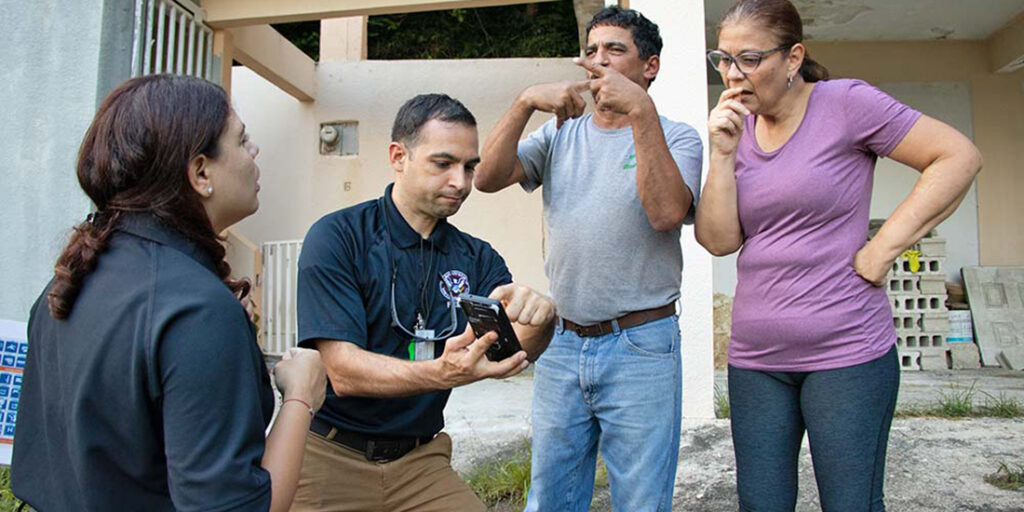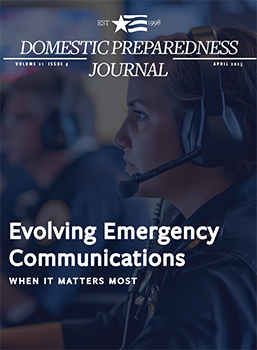Today's Top Picks

Small Steps Toward Long-Term Power Outage Preparedness
Although a long-term, widespread power outage may not be a top priority in community preparedness plans, many communities have considered the devastating effects of such a scenario. A long-term power outage, for the purpose of this article, is defined as one that lasts from the time regular and emergency resources are depleted to a year – or even longer. The cause of the power outage could be any of the following: an electromagnetic pulse (EMP) from any source, a cascading event after a smaller area is affected by some type of power system intrusion or attack, or any other threat or hazard that could cause a power outage.

Family Child Care Emergency Preparedness
Many families depend on child care providers to care for their children so parents can work and go to school. Parents often choose family child care because of the appeal of a home-like environment, smaller group sizes, and greater opportunity for flexible hours. However, they must be equipped with information and resources to better protect infants and toddlers in the event of an emergency or disaster.

Complex Coordinated Terrorist Attacks: Paris Attacks of 2015
On 21 October 2019, the French anti-terrorism prosecutor’s office announced that the investigation into the 2015 terror attacks in Paris, France, had concluded. It took French authorities four years to complete the investigation. The attacks targeted outdoor cafes, a stadium, and a concert hall – resulting in 130 deaths and another 352 injured. The investigation revealed that a larger jihadist cell was behind the complex coordinated terrorist attacks (CCTA), reaching across Europe but particularly Belgium, which was later also targeted by the cell. The result of the French investigation has led to the indictments of at least 20 suspects and the discovery of many lessons learned.
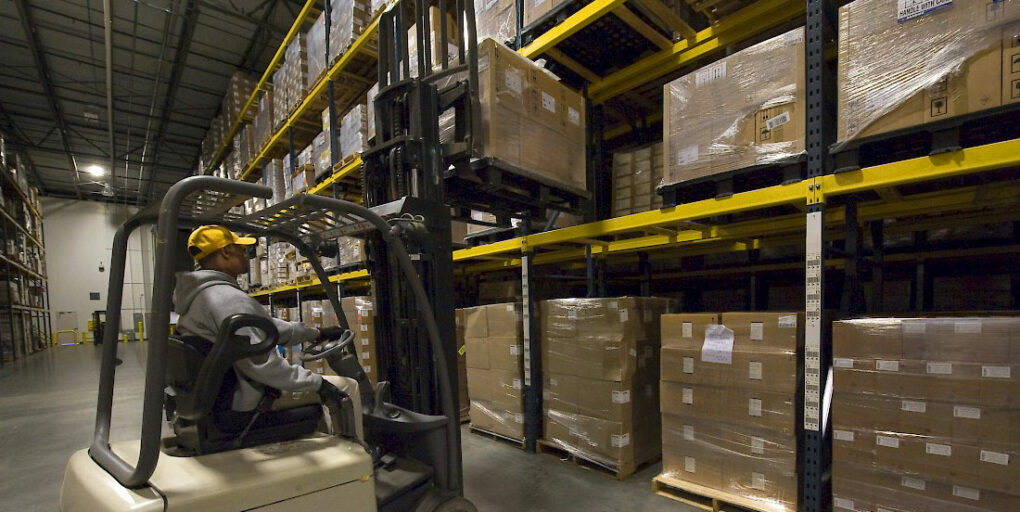
Looking Ahead – Future of the Strategic National Stockpile
This year marks 20 years since Congress established the Strategic National Stockpile (SNS), originally named the National Pharmaceutical Stockpile, in preparation for the year 2000. The intent was to arm the country against possible terrorist threats that could disrupt the U.S. medical supply chain. With a $51 million appropriation and a handful of public health staff based at the Centers for Disease Control and Prevention, the stockpile began in 1999 with a sole focus to protect the American people from biological and chemical attacks.

Data-Driven Emergency Management
As the discipline has evolved, data and quantitative analytics are becoming a bigger part of emergency management. This trend is likely to continue as technology and data become more available. Current and future emergency managers need to understand data and how it can be used to support all phases of emergency management.
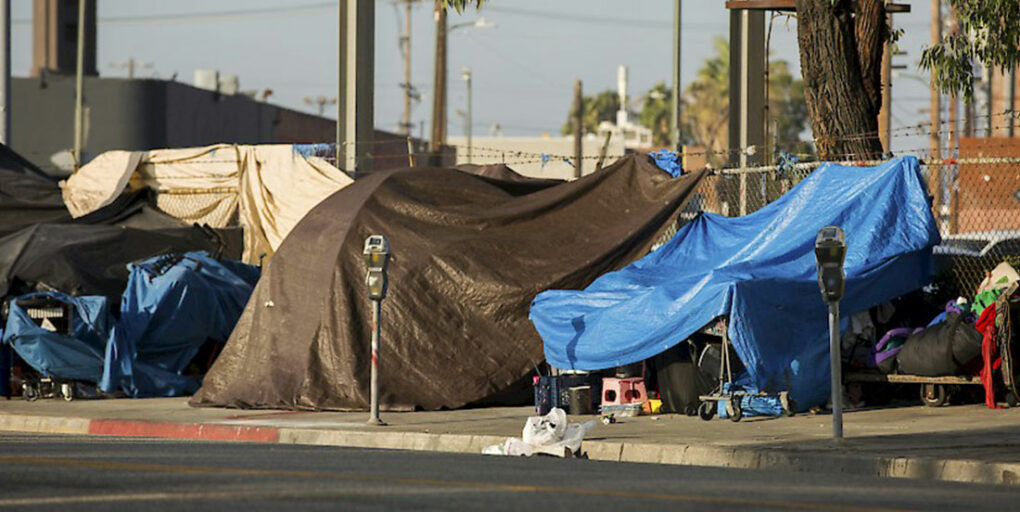
Drugs, Homelessness & a Growing Public Health Disaster
Conditions of squalor, which may be found in a refugee settlement or on the streets of a third world country, appear to be rapidly increasing in certain places in the United States over the past several years. This phenomenon is evident not only in a growing number of cities in California – including San Francisco, Oakland, San Jose, Los Angeles, and San Diego – but in cities in Oregon, Washington State, Colorado, and elsewhere. During the past several years, similar signs of deteriorating conditions have also become increasingly evident in New York City and Washington, D.C.
Trending
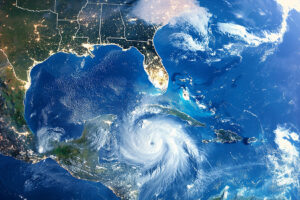 Emergency Management has Evolved: Why the… by Chas Eby While initially useful, the term “all hazards” no longer accurately describes the functions or mission of the emergency management discipline.…
Emergency Management has Evolved: Why the… by Chas Eby While initially useful, the term “all hazards” no longer accurately describes the functions or mission of the emergency management discipline.… Elevating Healthcare Emergency Preparedness… by Kathryn Romanchuk and Ben Kobliner Overlooked until disaster strikes, many emergency management departments struggle with personnel and budgetary constraints, yet the demand placed on these…
Elevating Healthcare Emergency Preparedness… by Kathryn Romanchuk and Ben Kobliner Overlooked until disaster strikes, many emergency management departments struggle with personnel and budgetary constraints, yet the demand placed on these… Cost Analysis: Protecting the Grid and Electronics… by The Foundation for Infrastructure Resilience Because modern societies are increasingly reliant on electronics, they are more vulnerable to the effects of an electromagnetic pulse event.…
Cost Analysis: Protecting the Grid and Electronics… by The Foundation for Infrastructure Resilience Because modern societies are increasingly reliant on electronics, they are more vulnerable to the effects of an electromagnetic pulse event.… Bridging Communication Gaps: Lessons from Hurricane Helene by Greg Hauser Hurricanes in 2024 caused widespread damage to infrastructure, leading to a critical but often overlooked issue: isolation. Physical and technological…
Bridging Communication Gaps: Lessons from Hurricane Helene by Greg Hauser Hurricanes in 2024 caused widespread damage to infrastructure, leading to a critical but often overlooked issue: isolation. Physical and technological…Trending
 Cost Analysis: Protecting the Grid and Electronics… by The Foundation for Infrastructure Resilience Because modern societies are increasingly reliant on electronics, they are more vulnerable to the effects of an electromagnetic pulse event.…
Cost Analysis: Protecting the Grid and Electronics… by The Foundation for Infrastructure Resilience Because modern societies are increasingly reliant on electronics, they are more vulnerable to the effects of an electromagnetic pulse event.… Bridging Communication Gaps: Lessons from Hurricane Helene by Greg Hauser Hurricanes in 2024 caused widespread damage to infrastructure, leading to a critical but often overlooked issue: isolation. Physical and technological…
Bridging Communication Gaps: Lessons from Hurricane Helene by Greg Hauser Hurricanes in 2024 caused widespread damage to infrastructure, leading to a critical but often overlooked issue: isolation. Physical and technological… Emergency Management has Evolved: Why the… by Chas Eby While initially useful, the term “all hazards” no longer accurately describes the functions or mission of the emergency management discipline.…
Emergency Management has Evolved: Why the… by Chas Eby While initially useful, the term “all hazards” no longer accurately describes the functions or mission of the emergency management discipline.… Elevating Healthcare Emergency Preparedness… by Kathryn Romanchuk and Ben Kobliner Overlooked until disaster strikes, many emergency management departments struggle with personnel and budgetary constraints, yet the demand placed on these…
Elevating Healthcare Emergency Preparedness… by Kathryn Romanchuk and Ben Kobliner Overlooked until disaster strikes, many emergency management departments struggle with personnel and budgetary constraints, yet the demand placed on these…Trending
Emergency Management has Evolved: Why the… by Chas Eby While initially useful, the term “all hazards” no longer accurately describes the functions or mission of the emergency management discipline.…
Elevating Healthcare Emergency Preparedness… by Kathryn Romanchuk and Ben Kobliner Overlooked until disaster strikes, many emergency management departments struggle with personnel and budgetary constraints, yet the demand placed on these…
Cost Analysis: Protecting the Grid and Electronics… by The Foundation for Infrastructure Resilience Because modern societies are increasingly reliant on electronics, they are more vulnerable to the effects of an electromagnetic pulse event.…
Bridging Communication Gaps: Lessons from Hurricane Helene by Greg Hauser Hurricanes in 2024 caused widespread damage to infrastructure, leading to a critical but often overlooked issue: isolation. Physical and technological…
Domestic Preparedness Journal
Featured in this issue: Editor’s Note: Emergency Communications—Tough Lessons From the Maui Wildfires, by Catherine L. Feinman; Emergency Alerts: The Missing Link, by Rodrigo (Roddy) Moscoso; Hidden Barriers to Public Safety Interoperability, by Gabe Elias; AI Software in 911 Dispatch Centers: An Innovative Solution, by Tanya M. Scherr; A Systems Thinking Approach to Improving Emergency Communications, by William Chapman; Connectivity: The Foundation of Disaster Response and Preparedness, by Cory Davis; Know the Audience: Five Keys to Effective Communication, by Marc Hill; Bridging Communication Gaps: Lessons From Hurricane Helene, by Greg Hauser; A Regional Approach to Public Safety Communications Planning, by Charles (Charley) Bryson
Articles Out Loud

Article Out Loud – Not Lost in Translation: A Multilingual Corps Approach
May 14, 2025
Disaster survivors and responders often face psychological hazards like acute stress disorder, depression, and post-traumatic stress. These issues are worsened

Article Out Loud – Physical and Mental Injuries in First Responders: Why Wait?
May 14, 2025
First responders undergo intense physical training to ensure they are physically prepared for emergencies. Yet despite the high-stress nature of


